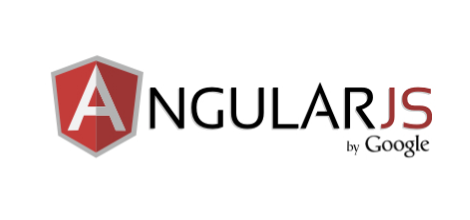Earlier today I was playing around with Google’s Font API. I wanted to pull down OpenSans to host locally, but Google’s Font API is geared more toward utilizing Google’s hosting resources.
Hosting Google fonts Locally
posted on January 4, 2016 by long2know in css, Web
Integrating client and server side validation (Part 2)
posted on December 17, 2015 by long2know in angular, codepen, JavaScript, node, plunker, Web
Continuing the discussion of integrating server-side validation with client-side validation, let’s check out a demo of this in action.
All of the Angular code for this demo has been moved to my general demo Github repository.
IE11 rounded-corner bug
posted on September 4, 2015 by long2know in css, Web
Last month, I made a blog post detailing how to use CSS arrows as a progress indicator. I really like this and use it whenever I’m asked to create a wizard-like interface.
However, I discovered, after finally updating from IE9 to IE11 that there is a specific IE11 bug that reared its ugly head.
AngularJS reusable table directive
posted on September 3, 2015 by long2know in angularjs, codepen, JavaScript, plunker, Web
Writing web-based line of business applications entails creating a lot of views with tables.
There are many jQuery table plugins and Angular directives for rendering tables, but I created my own for, primarily, read only tables.
JavaScript and Web sandboxes
posted on August 10, 2015 by long2know in JavaScript, Web
In case you hadn’t noticed, I use JsFiddle for most of JavaScript demos and to embed samples into my blog. I like JsFiddle, but it does have a few annoyances.
As a result, I started looking at some alternates.
Github and Plunker
posted on August 7, 2015 by long2know in angular, JavaScript, Web
To make some of the demos I’ve been posting lately, especially Angular and JavaScript demos, easier to download/use, I’ve made a Github repo to house the source and demo code.
Annoying IE CSS Bugs
posted on August 6, 2015 by long2know in css, jsfiddle, Web
Being a web developer, I’ve had my fair share of problematic IE behavior. Microsoft’s browsers up to, and including, IE11 are not very good in terms of standards compliance. This is pretty well known with web developers.
Well, after my post yesterday regarding CSS flexbox, I found that IE10/11 exhibit some odd discrepancies.
Flexible layouts to the rescue (again)
posted on August 5, 2015 by long2know in css, Web
Currently, I’m working on a web project that has searchable tables. The layout requires that the search results that is displayed in the table is scrollable. The idea behind this is such that controls to perform search, paging, and other functions on the table are always in view. There are buttons above and below the table.
If you recall my previous post about CSS flex-box, you saw how you can cause elements to grow/shrink as the browser viewport changes. This seemed like an appropriate technique to achieve what is essentially a vertical fluid-layout.
CSS Arrows for Wizard Progress
posted on July 24, 2015 by long2know in css
Making arrow blocks in CSS is pretty easy. You can manipulate the borders of elements, create outlines with overlapping arrows, and other neat things.
One place where I’ve used this is for letting a user visually step through the process of a guided wizard.
Creating, for example, an arrow pointing to the left, we could use a DIV element like so:
AngularJS Date before and after validation
posted on July 23, 2015 by long2know in angularjs, JavaScript, Web

In most of the UI’s I work on lately, it’s necessary to provide start and end date selection. The typical use case is for setting date ranges for searching and storage of effective dates.
Being that these are typically Angular applications, tying into Angular’s form validation makes a lot of sense.
